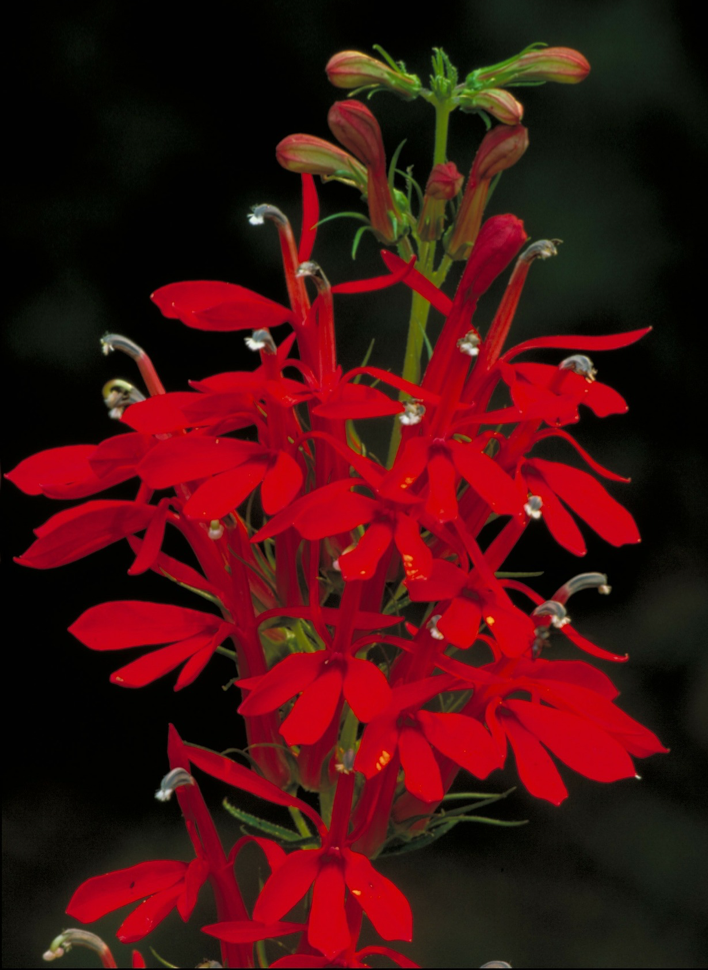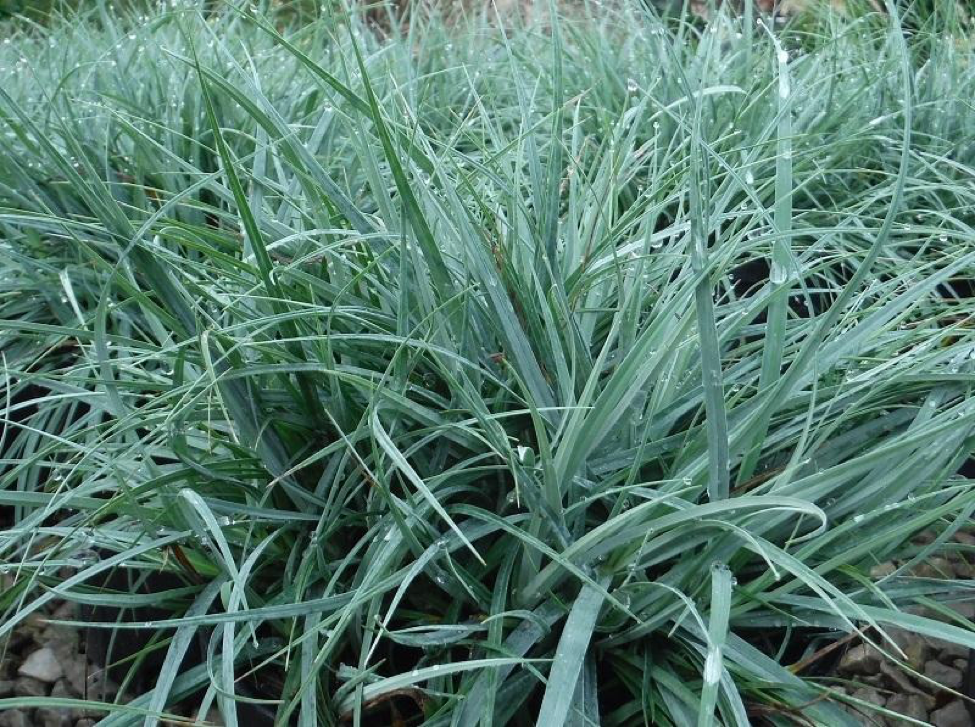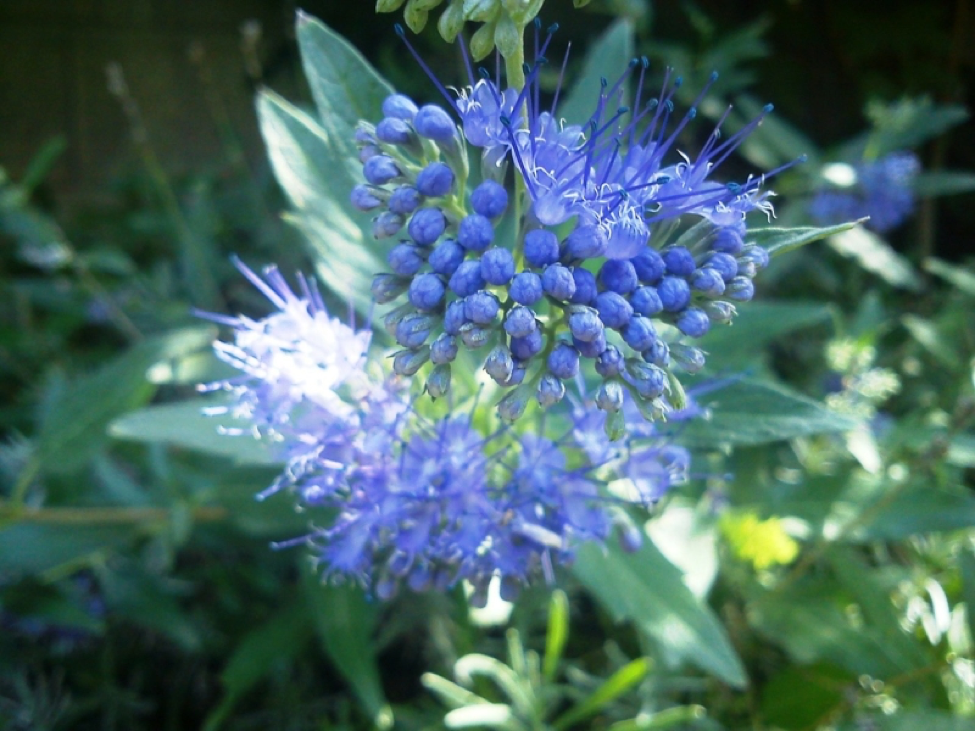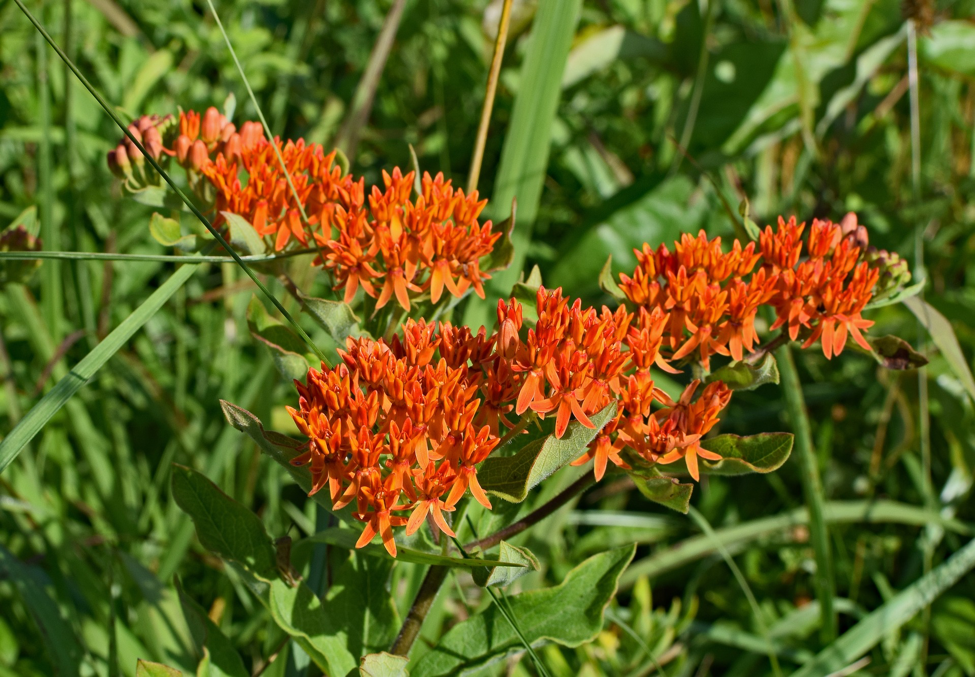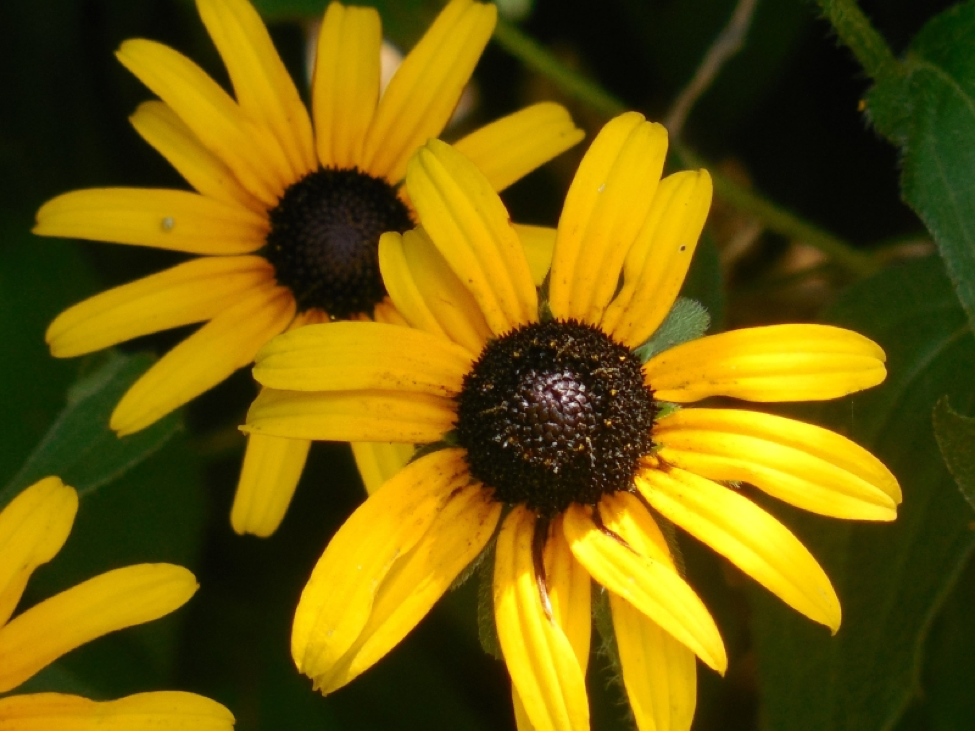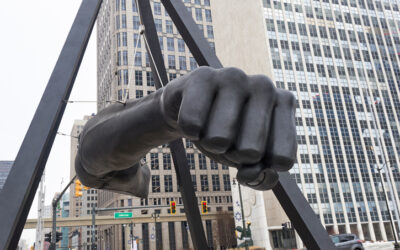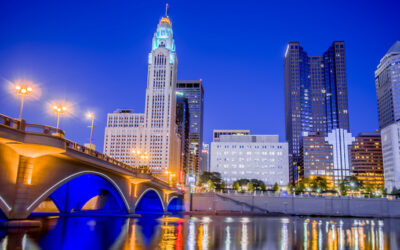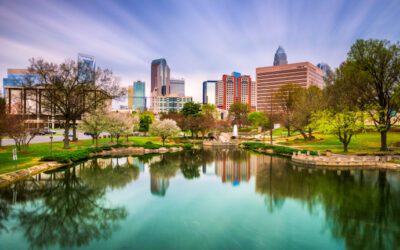If you’re planning a move to Baltimore, Maryland, you’re in for a treat. This city hosts a wide variety of native plants, and because the city rests in the center of the East Coast, it forms an interesting amalgamation of northern and southern species.
Here, you’ll find a wide variety of native flowers, grasses, and shrubs, many of which can be found in other locales around the country. You won’t feel homesick when you step outside and witness these beauties! Consider planting a few in your own backyard to help you feel like even more of a native in this verdant city.
1. Cardinal Flower
Scientific name: Lobelia cardinalis
Sunlight: Full, Partial, and Shade
Moisture level: Wet
Bloom time: May through October
Height: 3-6 ft.
Width: 1-2 ft.
Appearance: Vibrant red flowers with eight-inch spikes.
Attracts: Birds, butterflies, and hummingbird
Cardinal flowers are actually windflowers that are native to much of the east coast. This flower depends largely on hummingbirds for pollination, and as a result, will attract hordes of the tiny birds to your garden. It makes a vibrant addition as a border species, especially in areas with more rustic landscaping patterns.
2. Blue Sedge
Scientific name: Carex flacca
Sunlight: Full – Partial
Moisture level: Moist, Average
Height: 6 -10 in.
Width: 12-18 in.
Appearance: Small clumping grass that is silver-blue in color
Attracts: Birds and butterflies
Blue sedge looks best when planted in large quantities, especially when given partial shade between buildings. It is often found around streams or ponds, as it requires ample water, but also grows well in containers or on green roofs within the city.
3. Blue Mist
Scientific name: Caryopteris x clandonensis
Sunlight: Full
Moisture level: Average
Bloom time: July to November
Height: 2-3 ft.
Width: 2-3 ft.
Appearance: Also known as bluebeard for its short-stemmed flower clusters, each a bright blue or violet color.
Attracts: Butterflies
This plant grows prolifically. In fact, some gardeners refer to it as a nuisance species, because it is so hardy that they can’t get it to stop growing once it’s started! Nevertheless, this wildflower works well as a border plant, in front of low walls, or as a groundcover, making it a popular choice for urban landscapes. It attracts myriads of pollinators and provides a natural, wild look to any setting.
4. Butterfly milkweed
Scientific name: Asclepias tuberosa
Sunlight: Full
Moisture level: Dry – Moist
Bloom time: May to September
Height: 1-2 ft.
Width: 1-2 ft.
Appearance: Flat clusters of orange flowers
Attracts: Butterflies and hummingbirds
This plant is easy to grow from seed in home gardens or as border species. Because it attracts pollinators–namely, butterflies, as the name suggests–it is often grown as an ornamental plant in parks or recreation areas. Furthermore, it also has some cultural significance–Native Americans used to use the roots of the plant as a medicinal remedy for pulmonary ailments, bronchitis, and even diarrhea. It is found in almost every state in the continental United States.
5. Black-eyed Susan
Scientific name: Rudbeckia hirta
Sunlight: Full
Moisture level: Dry – Moist
Bloom time: June to October
Height: 1-3 ft.
Width: 2 ft.
Appearance: Resembles an iconic daisy, yellow petals with a dark center.
Attracts: Bees, butterflies, birds
Like butterfly milkweed, black-eyed Susans can be found in nearly every corner of the United States. It produces cheery, daisy-like blooms that often re-appear from year to year. It attracts birds with its edible seeds and it can be easily grown from seed. These frequently appear in the sunniest locales of the Baltimore area, such as exposed meadows or parks.
For more information about native plants, gardening, and lawn care in the Baltimore area, visit LawnStarter.com.
